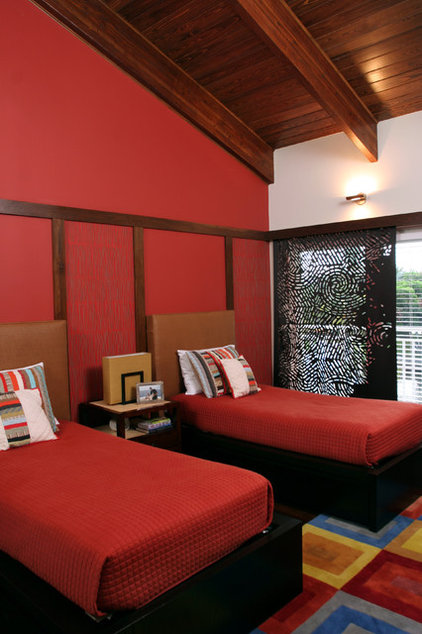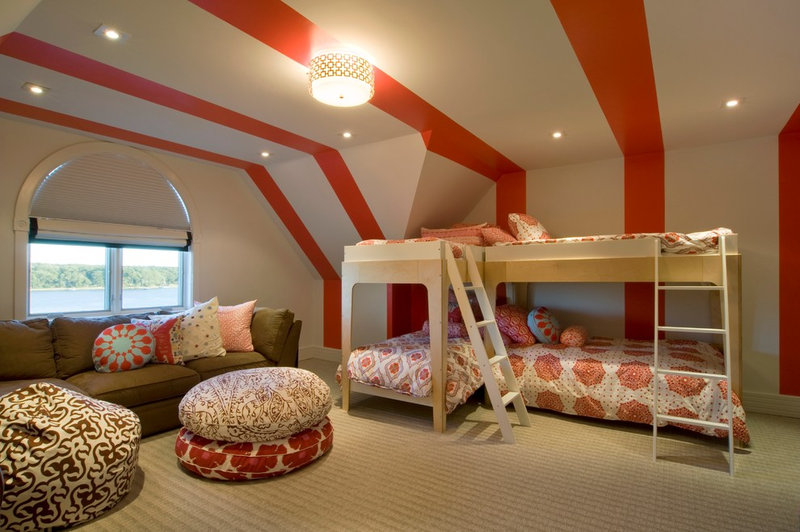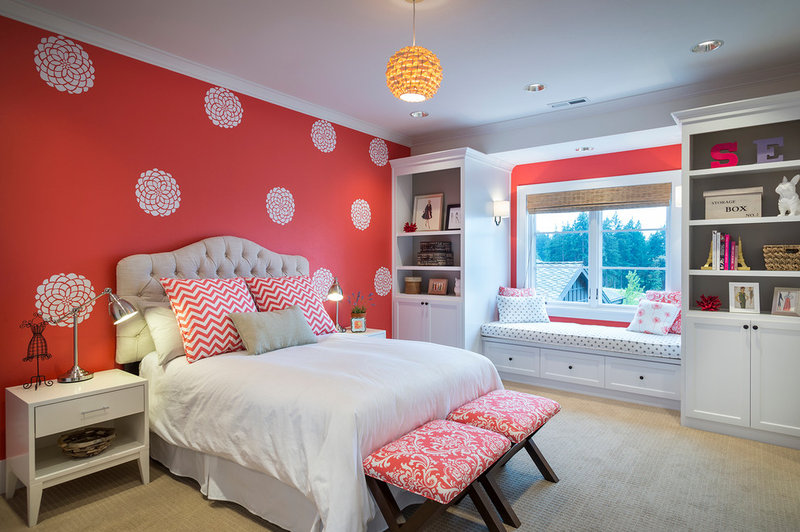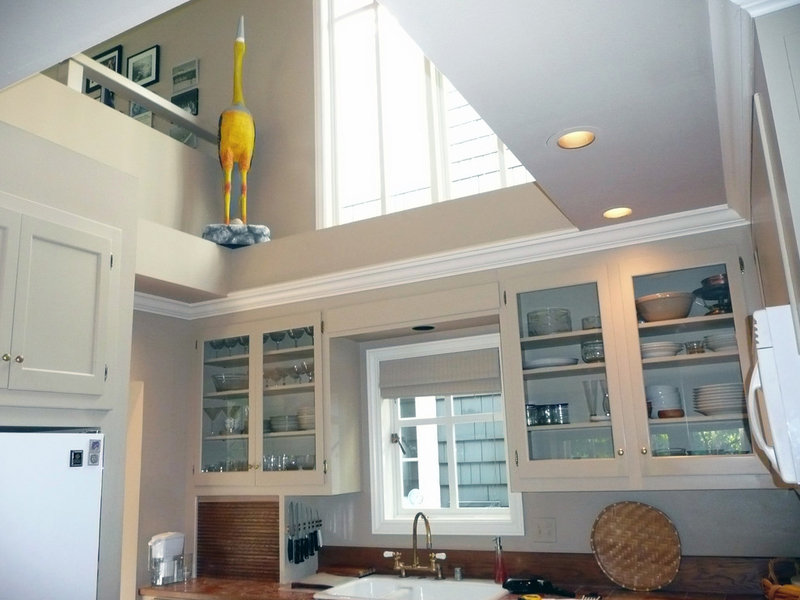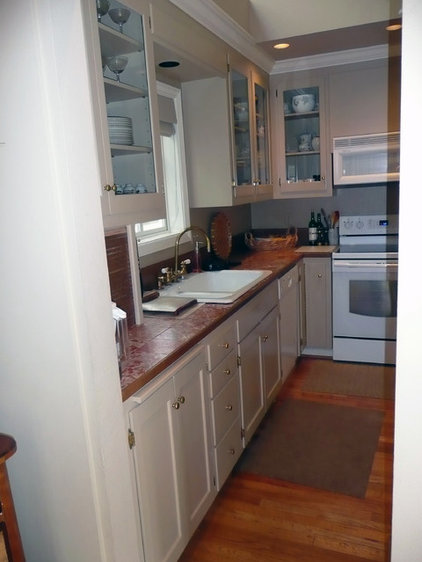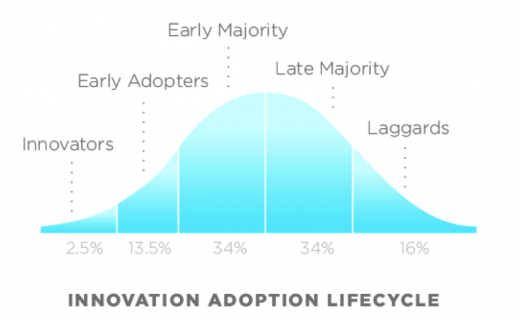The Miami Marine Stadium, designed by Hilario Candela, stands as one of Miami’s most crowning architectural achievements. The stadium undeniably captures the essence of the Miami Modern, or MiMo, architectural style—a term coined by Randall Robinson and Teri D’Amico that describes the adaptation of the International Style of modernism to South Florida’s environment and culture from the end of WWII until the late 1960s. Recently an effort to save the stadium from demolition and restore it has received much attention and support, all in the interest of the enormous architectural and social impact the stadium has had on Miami through its history.
 Pancoast, Ferendino, Skeels, and Burnham’s as built plans of Miami Marine Stadium. 1963. [Courtesy of Hilario Candela]
Pancoast, Ferendino, Skeels, and Burnham’s as built plans of Miami Marine Stadium. 1963. [Courtesy of Hilario Candela]
In 1962 the City of Miami hired the Chicago firm of Ralph H. Burke to master plan a new park on Virginia Key, along the Rickenbacker Causeway. The proposal called for a monumental racecourse for speedboats, similar to Rome’s Circus Maximus but with water. It would include a grandstand on the south side and be open to Biscayne Bay on the northwest end. The project’s total estimated cost: $10 million.
The inclusion of a grandstand and other amenities for a large audience came at a time when boat racing and water skiing were exploding in popularity throughout the country. Amateurs and professionals alike embraced a sport that had once only been accessible to the wealthy who owned yachts or belonged to private clubs. Yet no city in America had an adequate boat racing course. In Miami, the annual Orange Bowl Regatta in December attracted hundreds of spectators and boat entries to the event. However, due to the lack of unprotected and limited space the event also gained public criticism.
The new stadium was to be the world’s first specifically designed for powerboat racing. Though other marine stadiums existed, such as the Long Beach Marine Stadium in California or the Jones Beach Marine Theatre in New York, each was built for either rowing/boat races or musical concerts, respectively. Miami’s new stadium would capitalize on tourism and local revenue with a diverse list of events to be hosted on site including major regattas, shows, and concerts.
To carry out the project the City of Miami hired the Miami-based architectural firm of Pancoast, Feredino, Skeels and Burnham, as well as Dignum Engineers. Dignum’s lead engineer Jack Meyer and Hilario Candela, a young Cuban-born architect from Pancoast, Feredino set out to construct an ambitious concrete wonder.
 Construction photos of Miami Marine Stadium. 1963. Photo by Pancoast, Ferendino, Skeels, and Burnham. [Courtesy of Hilario Candela]
Construction photos of Miami Marine Stadium. 1963. Photo by Pancoast, Ferendino, Skeels, and Burnham. [Courtesy of Hilario Candela]
The then 27-year old Hilario Candela had a resume of experiences prior to this project that he usefully drew on for the stadium. Candela trained at the Georgia Institute of Technology and his mentors, a group of men that were leading the pathway with concrete structure experimentation, included Italian architect Pier Luigi Nervi, Spanish structural engineer Eduardo Torroja, and Spanish-Mexican architect Félix Candela. After graduation Candela returned to Havana, Cuba where he interned under Max Borges, Jr., designer of the famed Arcos de Cristal at the Tropicana Night Club, and Sáenz, Cancio, Martín, Álvarez and Gutiérrez-the largest firm in Havana at the time. It was here that Candela was introduced to thin-shell concrete construction and expressive rooflines. Coming to Miami to join Pancoast, Feredino, Skeels and Burnham, Candela’s first project was to construct a series of buildings for the first campus of Miami Dade College—something he continued for 30 years.
http://miami.curbed.com/archives/2013/12/09/marine-stadium-marvin-aguilar.php

